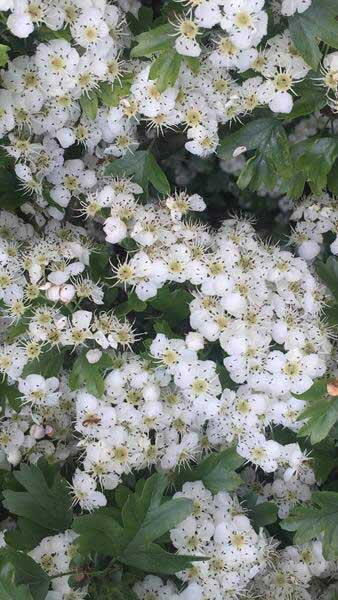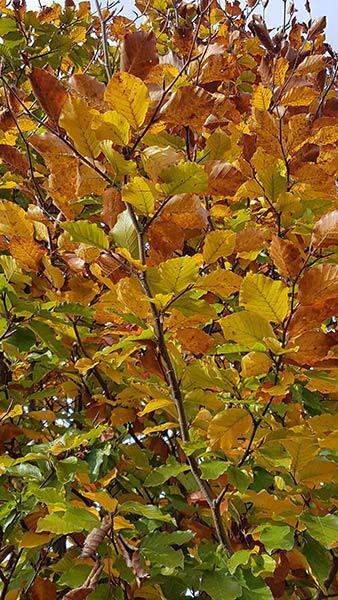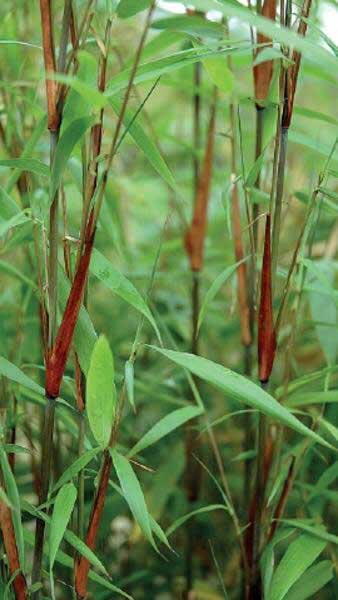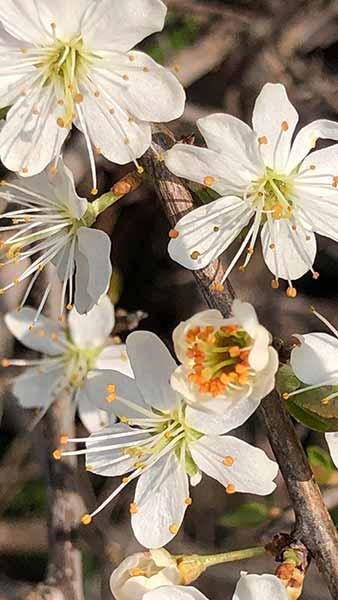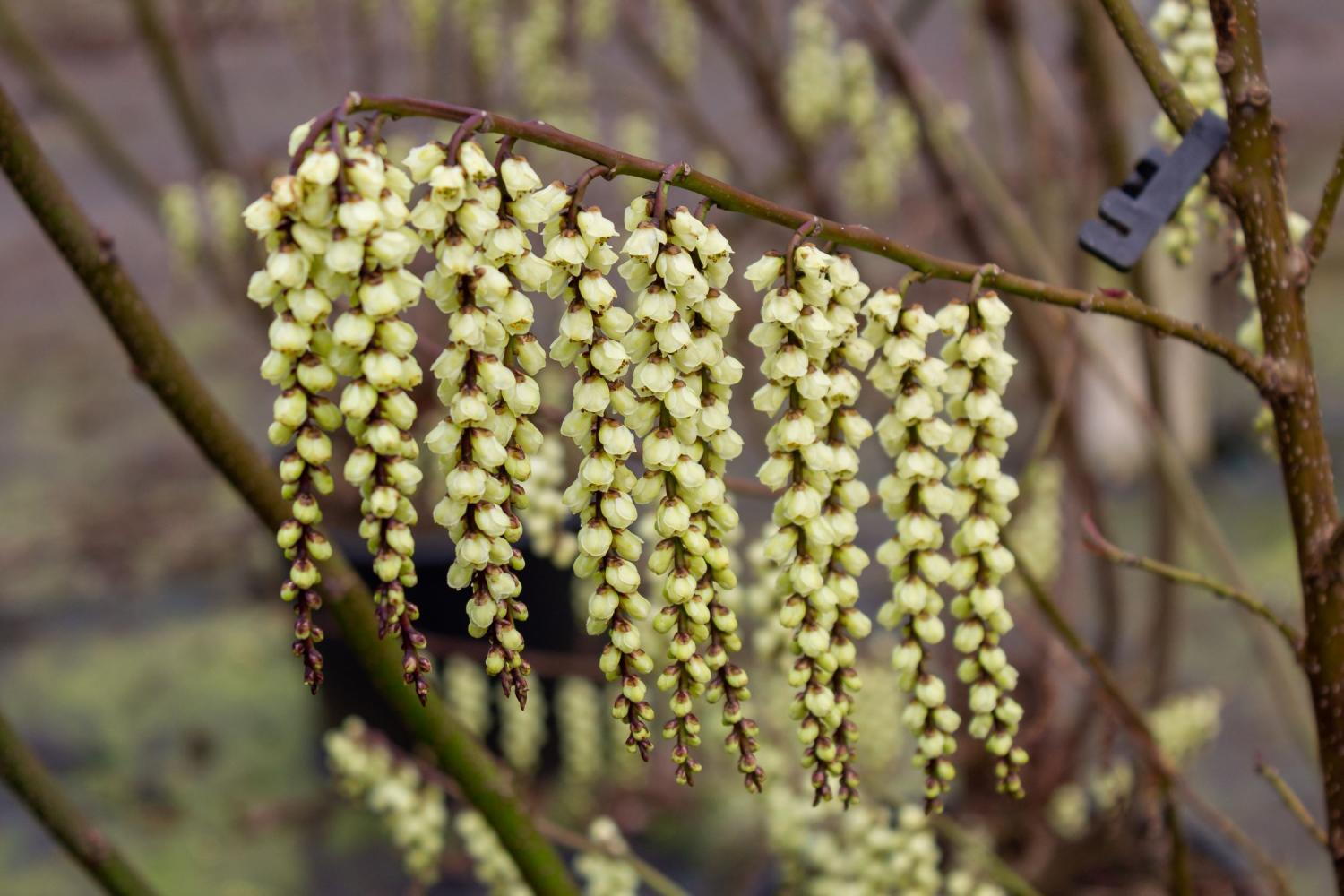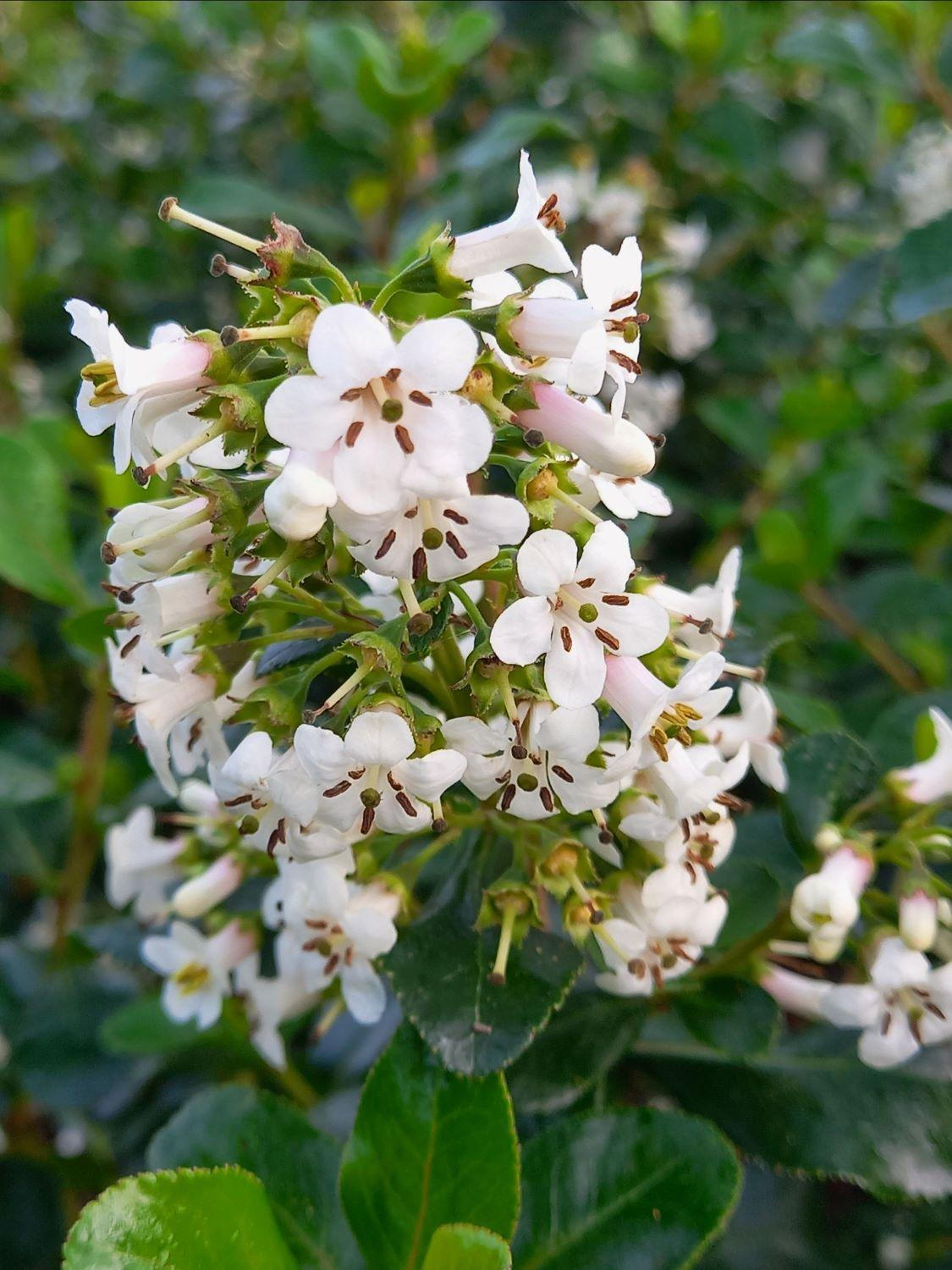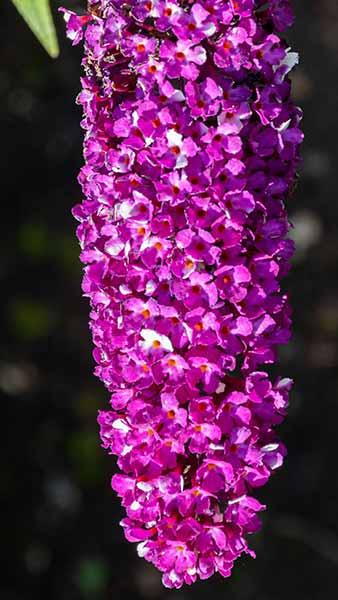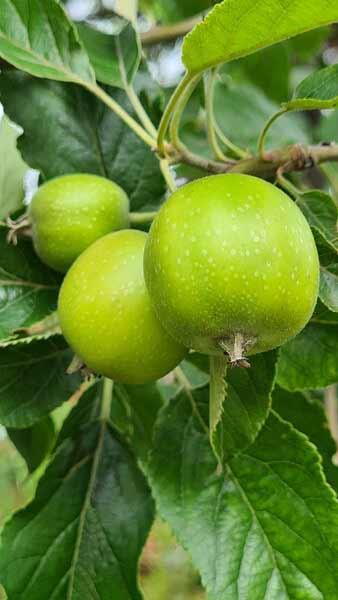Fargesia Asian Wonder Bamboo. Umbrella Bamboo Asian Wonder
Fargesia Asian Wonder, also known as Asian Wonder Bamboo or Umbrella Bamboo Asian Wonder, is a recently introduced variety which is ideal for UK gardens! Its hardiness, colourful appearance, and non-invasive growth habit combine to make it a great choice.In its native China, Fargesia Asian Wonder is a favourite food for pandas, but here in the UK it is a versatile landscaping plant for a variety of planting situations. When the new culms emerge they are a striking crimson. Many recommend removing the lower leaves to show off the canes. The culms then mature to a deep olive green. The leaves are long, narrow, and mid-green, and remain year-round, making it ideal for use as evergreen screening.Hardy throughout the UK, Asian Wonder Bamboo will grow in a few years to a mature height of 3 metres and spread of 1.5 metres. No pruning is necessary to maintain its attractive upright form with its arching top. If planting as a screening hedge, space Fargesia Asian Wonder 2.5 metres apart.Used to growing in the forest shade in its native China, Umbrella Bamboo Asian Wonder adapts equally well to semi-shade and sunny locations. Stem colour will be more pronounced in full sun. It does best in a spot sheltered from drying winds, in moist, well-drained fertile soil. Since it is a non-invasive variety which grows in clumps rather than spreading quickly, no special precautions need to be taken to contain its growth. While pandas may love to eat this variety, it is deer resistant here in the UK, making Fargesia Asian Wonder a good choice for country gardens!Fargesia Asian Wonder can be used in a variety of different landscaping uses to great effect. Because of its small size, it’s an excellent choice for a container planting on a rooftop terrace or in a courtyard, where its colourful canes and evergreen foliage will provide year-round interest and attractive screening. In an urban garden the quick, dense growth will make an excellent buffer for traffic noise, as well as ensuring privacy. A specimen planning in a lawn would also be very effective. In a country setting, a clump of Asian Wonder Bamboo would be a striking focal point on a larger property. Plant Fargesia Asian Wonder to bring its quick growth, vividly coloured culms, and dependable evergreen foliage to your garden!
